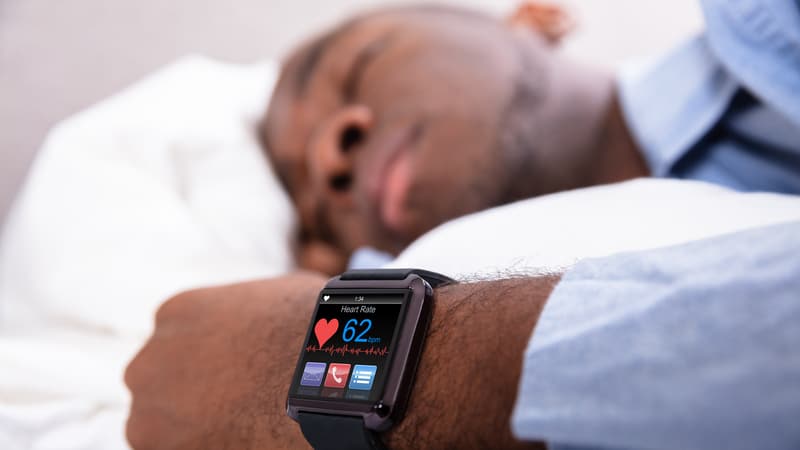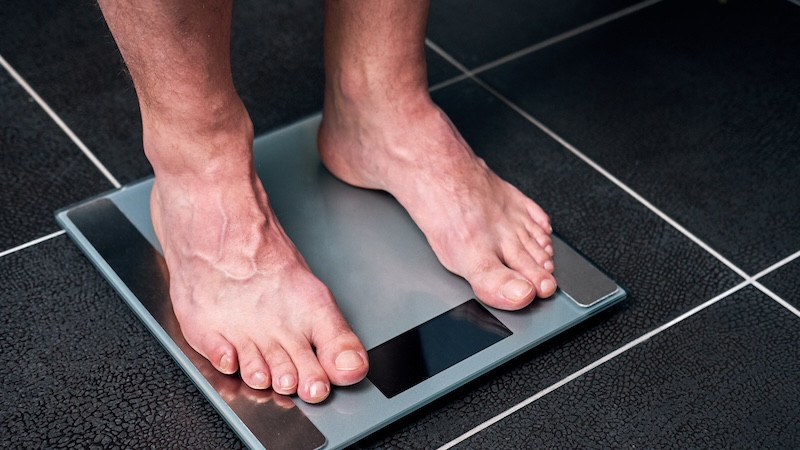Health: What Can Sleep Trackers Really Tell Us?
Can these wrist-based monitors really monitor our sleep patterns?

Smart devices are everywhere, including wrist-based monitors. These wearables promise to count our steps, remind us to move, and provide insight on our sleep. But can we trust them to measure our sleep accurately?
Most wrist-based devices are based on an accelerometer, which measures wrist movement. The data gathered from the accelerometer — how often the wrist moves and how forceful that movement is — are coded as sleep or wake. In some cases, programs will also label sleep as light or deep, seeming to imply that the sleep is good or bad. Some devices also monitor heart rate. Small variations in the timing of heart rate — which occur naturally under certain situations with a regular heart rhythm — may provide some clues about sleep stage as well. During stable deep sleep, breathing is typically very regular, and so is heart rate.
After these wrist devices collect data on our movements and/or heart rate during sleep, it is wirelessly transmitted to our phone or computer, and software programs analyze it to create charts and graphs that allow us to “see” our sleep.
Sleeping is believing, right?
It can be nearly magical to go to bed, sleep, and then instantly get a graph that shows what we did while we were sleeping. Was it a good night? How much deep sleep did we get? A few taps on the phone will show the truth. A graph will tell us how we spent the last several hours, with a breakdown of time awake, time in deep sleep, and light sleep. We may even get an overall “score” for the night. This is data-based, so it must be accurate, right? Turns out, the answer is much more uncertain.
How well do these sleep trackers measure sleep?
First, it is worth noting that the software algorithms that decide what is sleep and what is wake are a bit of a “black box.” These are proprietary, owned by the various companies that make the devices, meaning sleep doctors and researchers don’t know exactly how the programmers decided to make these determinations. Between different brands, or even different devices within a brand, the software code, and therefore sleep interpretation, could vary.
Consider that perhaps one wrist device determines that you’re awake after a bunch of forceful movements — think brushing your teeth — while for another device, a single small twitch of the arm may be considered being awake. How many movements mean we’ve woken up? One? Ten? Over what time period, one movement per minute? Ten movements over two minutes? How forceful do those movements have to be? How does the software decide we’re up for good or if we fall back asleep after movement? And how good is the device at even catching movement — does it know if the wrist device is too loose? With all of these factors, the possibilities to code the data and interpret the data are infinite.
Second, there’s little to no data that compares sleep trackers to research or clinical measurements.
Actigraphs are small wrist-based devices that sleep providers and researchers utilize to measure sleep over longer periods. Similar to the consumer-available devices, they use accelerometers to sort sleep versus wake. Actigraphs, however, have been extensively studied and compared against sleep logs, sleep studies, and other data. Sleep providers have a fairly good sense of their strengths and limitations, and therefore how to use the data. The consumer devices are rapidly changing — newer monitors, frequent software upgrades. In general, the studies suggest that these wrist devices overestimate sleep duration (how long we’re asleep), and how much of the night is spent asleep (sleep efficiency).
Finally, there’s even less data on how these devices are impacted when there is a coexisting sleep or medical condition, or by medications. Consider a patient with insomnia who meditates when he can’t sleep and lies still in bed. This absence of movement and steady breathing could easily be misinterpreted as sleep by a wrist-based device.
What’s the gold standard for measuring sleep?
A sleep study, also called a polysomnography, measures brain waves, muscle tone, breathing, and heart rate, while a technician supervises, often in a hospital setting. The information from the brain waves determines wake versus sleep, and the stage of sleep. This is considered the gold standard for determining sleep characteristics in most circumstances. However, it is time- and labor-intensive, and expensive (and not always covered by health insurance).
Should we pay any attention to these devices?
Wrist-based devices seem to be here to stay, and people are going to be curious about their sleep. In general, I counsel my patients to review their sleep data with a grain of salt. It’s just one piece of the picture to incorporate, and doesn’t substitute for a quality sleep log or other forms of sleep assessments. The benefit is that the collection of this data is fairly passive; it can be done for longer stretches of time to gain insight into patterns.
Keeping in mind how these sleep trackers measure sleep helps us know what they can and can’t do. In general, the devices probably do give us a rough sense of the time we’re spending in bed (which may or may not equal sleep time), and the regularity of sleep zone (the time we slept or tried to sleep between going to bed and getting up). Gaining insight on these two factors can be very helpful, and hard to pin down for some patients in other ways. The wrist devices don’t substitute for a medical opinion or sleep study in a hospital; but if they help us reflect on our sleep and how much (or little) we’re getting, they may have a role if used carefully.
Katherine Dudley, M.D., M.P.H., is a contributor to Harvard Health Publications.
(C) 2020 by Harvard University. For terms of use, please see https://www.health.harvard.edu/terms-of-use.


